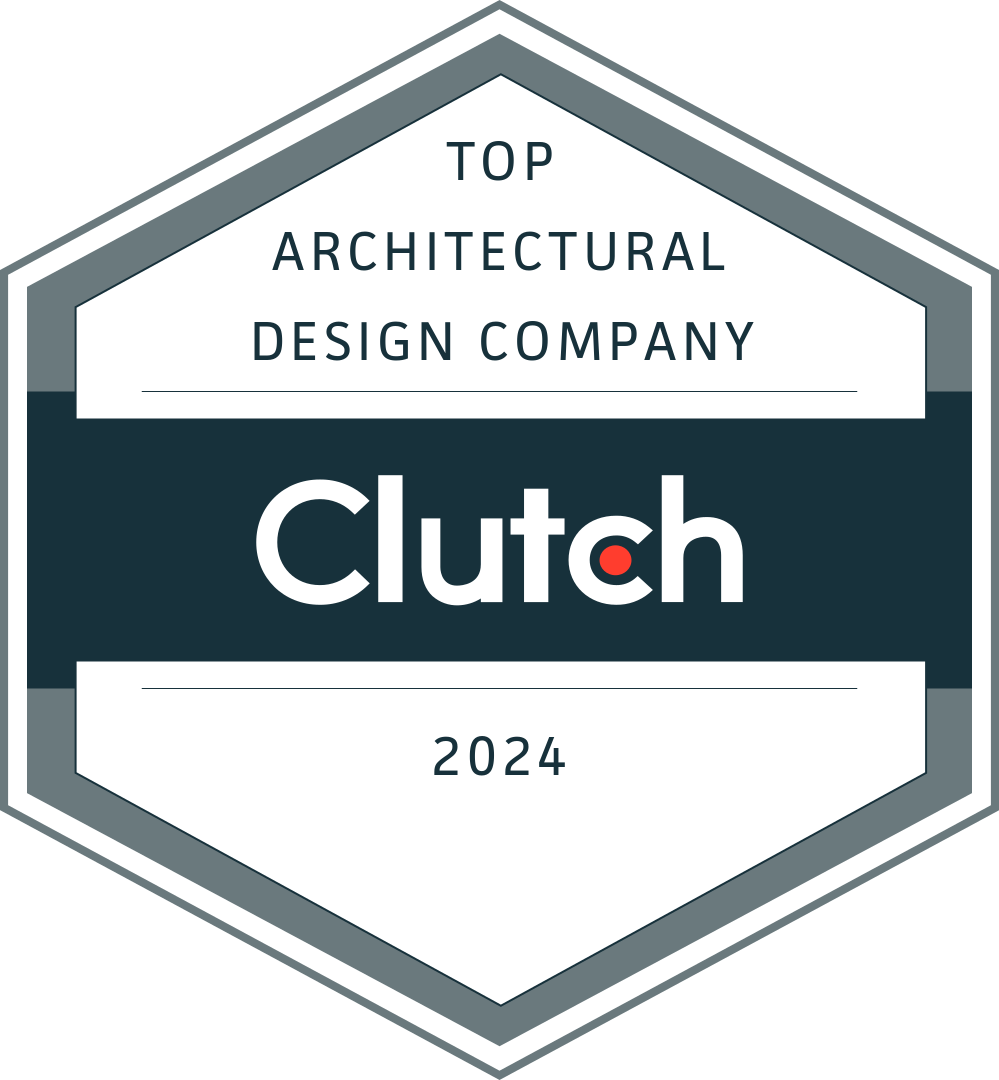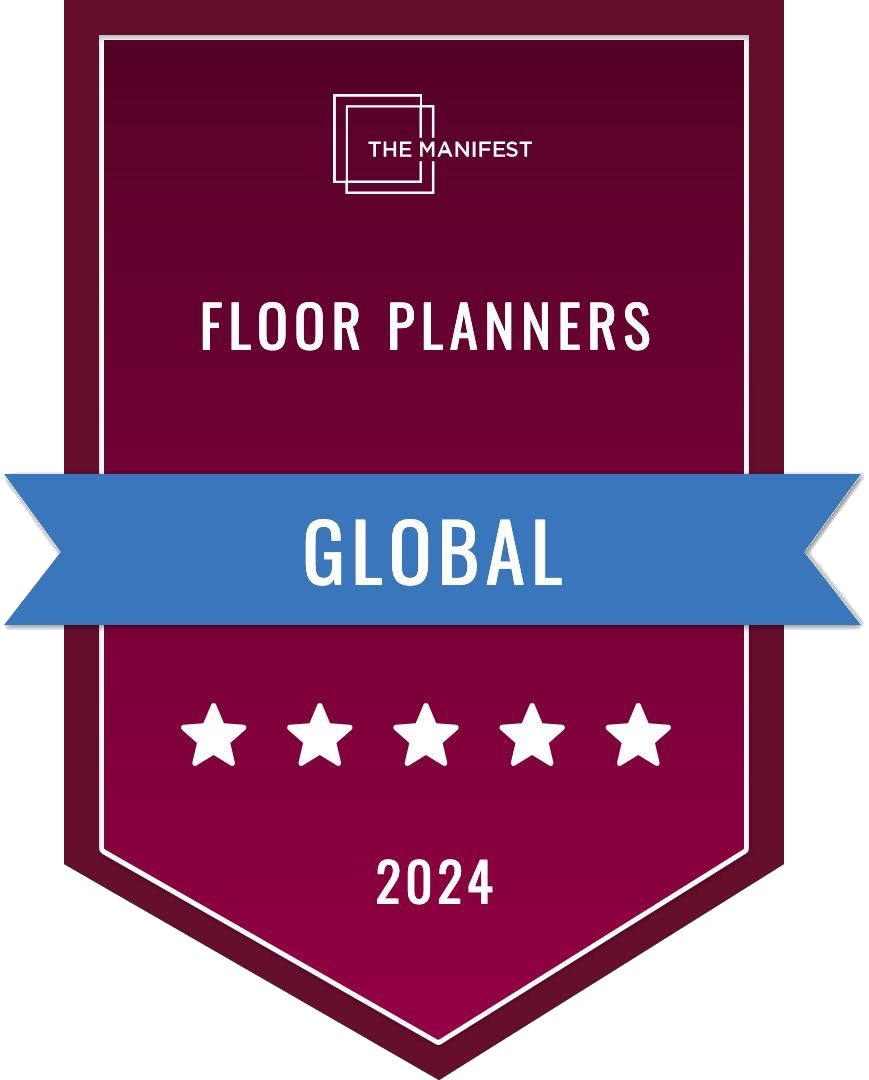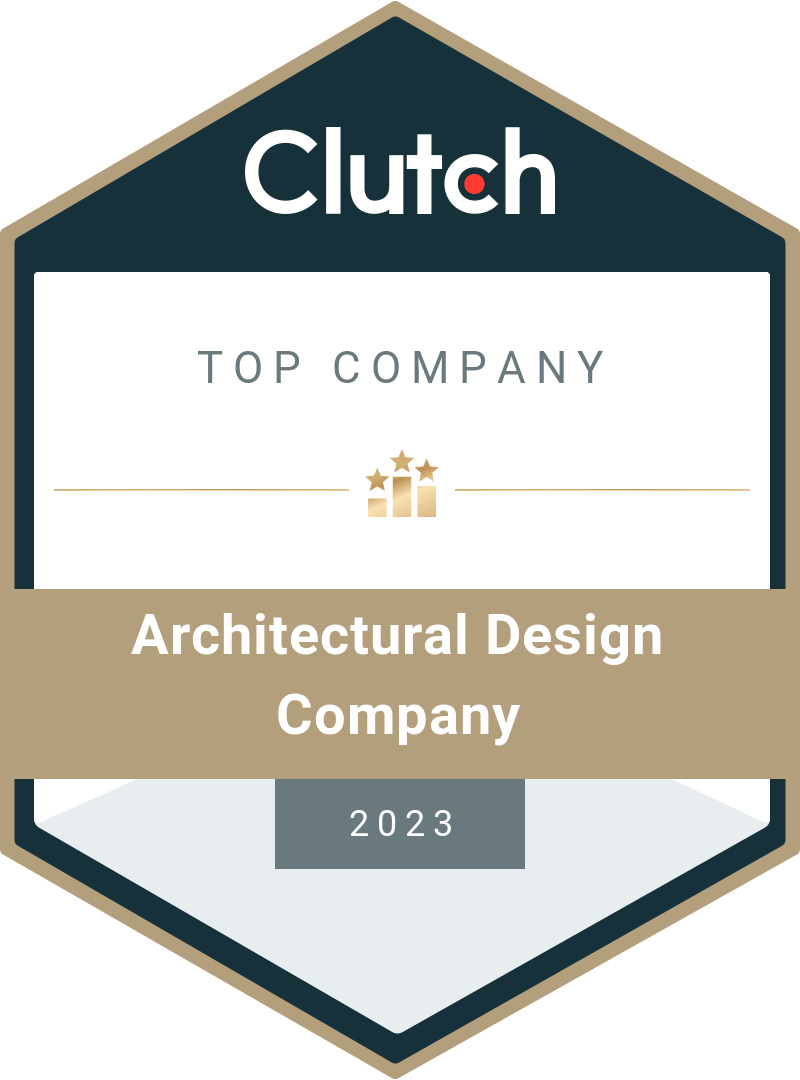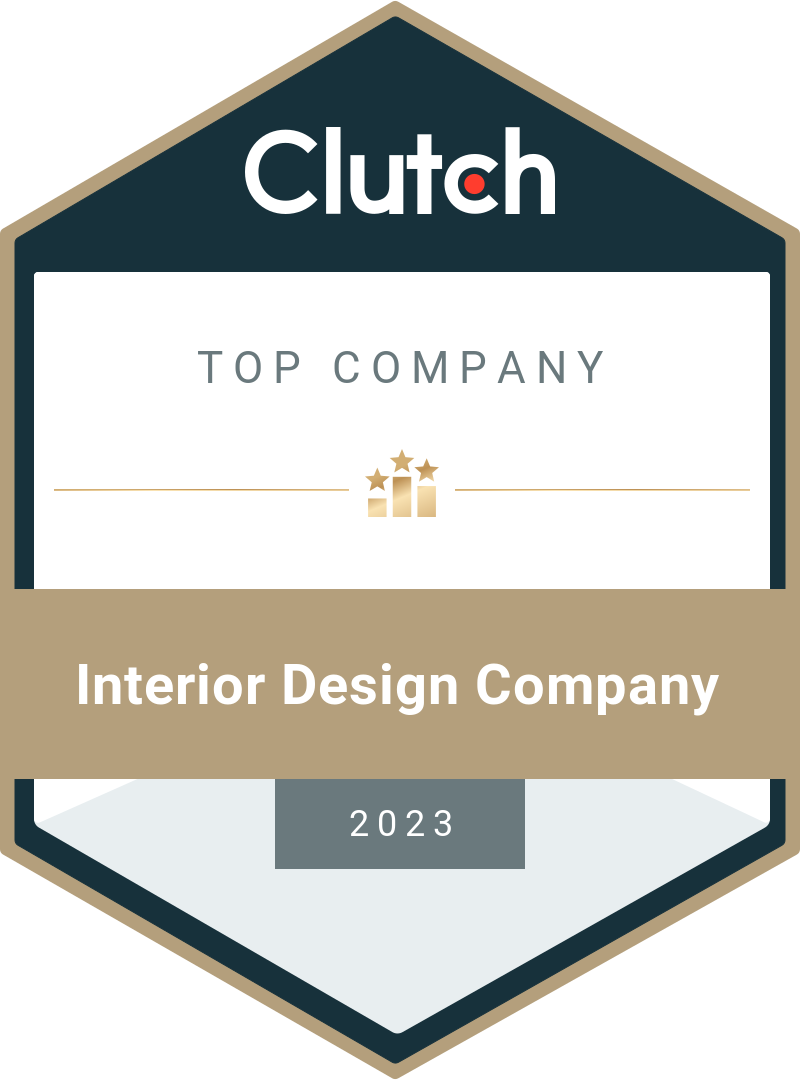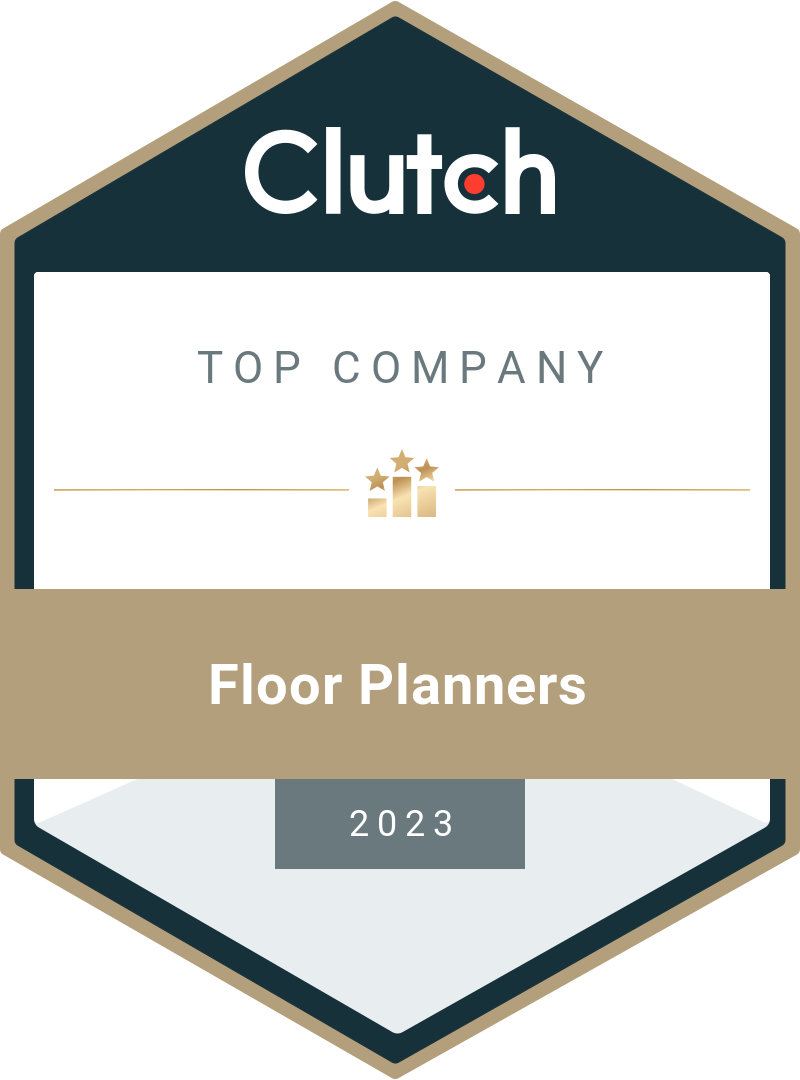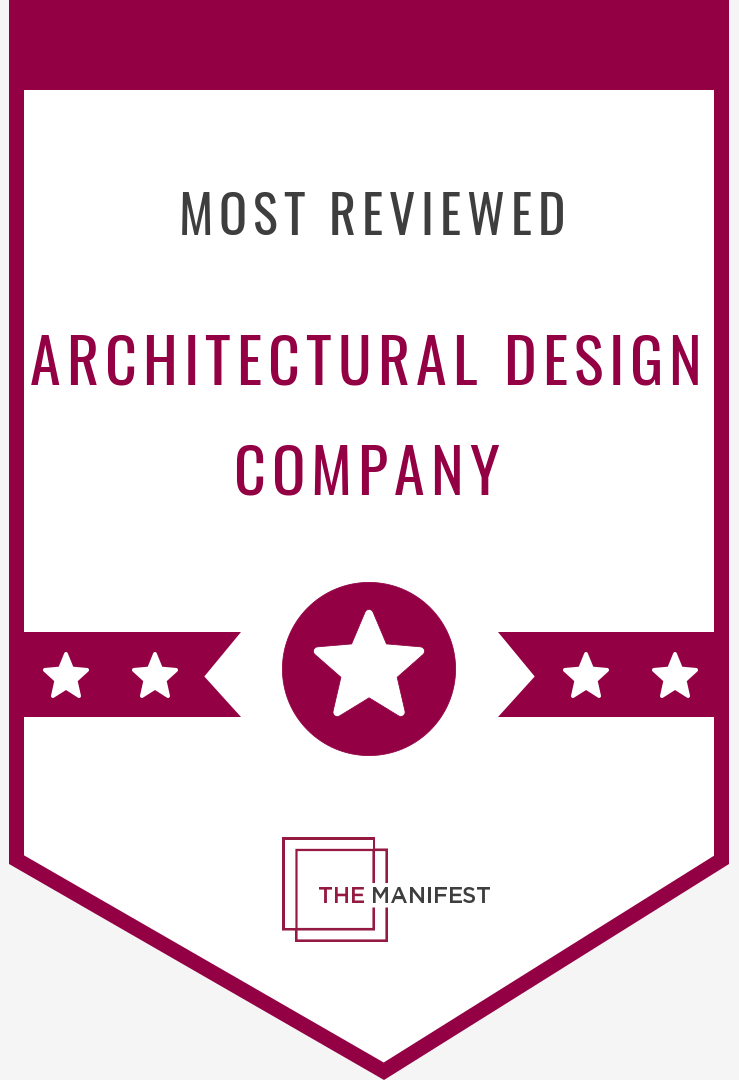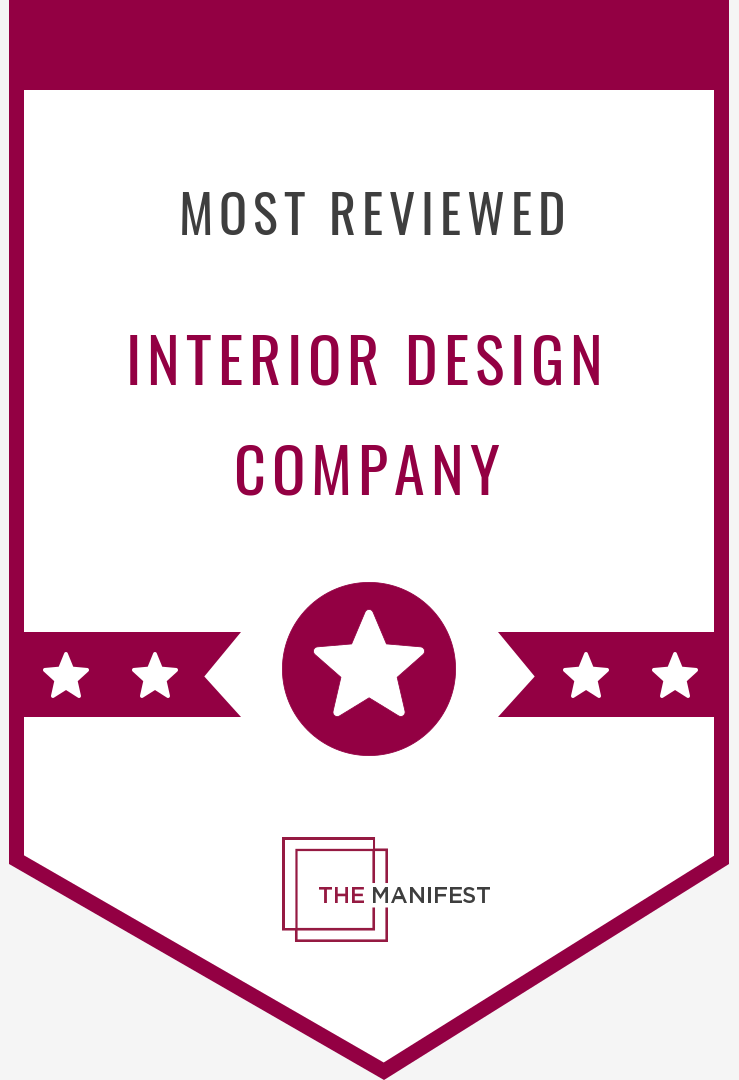If you’re just starting your journey in 3D design, choosing the right tools can feel overwhelming. Free 3D modeling software offers a great entry point without requiring a big investment. But what actually makes one program better than another?
What Factors Make the Best 3D Modeling Software

First, ease of use plays a huge role. An easy 3D modeling software should offer a user-friendly interface, clear navigation, and plenty of tutorials. Second, look at the features. Does the software allow you to build detailed objects, render your model realistically, and export in formats you might need later?
Finally, think about compatibility. Can the program run smoothly on your computer, or is it an application that requires high-end hardware?
The best free 3D modeling software also balances flexibility with learning. It should give you enough tools to create professional-quality work.
Why Choosing the Right Rendering Software Matters

While modeling focuses on the geometry of the product or design, rendering brings it to life with light, texture, and detail.
Choosing the right rendering software ensures that your models look good in their final presentation. Whether you’re creating a product design, architectural visualization, or concept art, having access to both 3D modeling and rendering tools helps you deliver professional results. Some programs even include integrated rendering features, making them ideal free modeling software options for beginners.
If you don’t want to spend time figuring out complex 3D software, an exterior 3D render can do the job for you—turning your idea into a realistic visualization. At Freedes Studio, we handle the full 3D exterior visualization process, so you can focus on your project while we bring it to life with stunning detail.
Our Top-10 Applications

Here’s a breakdown of the 10 best free 3D modeling software for beginners. Each program comes with strengths and weaknesses.
1. Easy Render
Easy Render isn’t a software in the traditional sense—it’s an innovative online platform that connects clients with skilled 3D artists worldwide. Instead of downloading and learning a program, users can outsource their 3D rendering projects to experienced professionals.
Pros:
- Access to a global talent pool of rendering professionals
- Flexible—hire artists for one-off projects or ongoing work
- Wide variety of styles and approaches available
Cons:
- Results depend heavily on the skill of the chosen artist
- Less control over the rendering process compared to DIY software
- Quality assurance requires careful artist selection
2. Vectary
Vectary is a browser-based 3D design tool. It’s geared toward designers, marketers, and product developers who need 3D visuals for web, AR, or presentations without diving deep into advanced modeling.
One standout feature is its collaborative workflow. Teams can work together in real-time, much like Google Docs, which makes Vectary perfect for remote projects. It also integrates seamlessly with other design platforms, enabling users to create interactive 3D content for e-commerce, branding, and social media.
Pros:
- Fully browser-based, no heavy installation required
- Easy-to-learn interface with drag-and-drop features
- Strong focus on AR and web integration
Cons:
- Requires a stable internet connection
- Performance can lag with complex, heavy projects
- Some features locked behind subscription plans
3. SketchUp
SketchUp, originally developed by Google, is one of the most user-friendly 3D modeling programs available. Known for its intuitive push-and-pull interface, it allows users to design 3D models quickly without requiring professional-level skills.
The software supports everything from quick concept sketches to more detailed architectural plans. Its massive online library, the 3D Warehouse, provides access to millions of pre-made models.
Pros:
- Extremely user-friendly with a short learning curve
- Large 3D Warehouse library with ready-to-use models
- Free version available online
Cons:
- Lacks advanced features found in professional 3D suites
- Native rendering isn’t photorealistic
- Not built for complex animations or simulations
4. Womp 3D
Womp 3D is a newer, browser-based 3D design tool that focuses on accessibility and real-time collaboration. Womp runs in the cloud, allowing users to design from any device without worrying about hardware performance. It’s especially appealing to educators, design teams, and hobbyists who want to experiment with 3D modeling.
The platform emphasizes ease of use, featuring an interface designed to be less intimidating than pro-level suites. It also fosters a community-driven approach, encouraging users to share projects, collaborate, and learn from one another.
Pros:
- Browser-based and cloud-powered, no downloads needed
- Beginner-friendly interface
- Real-time collaboration and sharing features
Cons:
- Lacks photorealistic rendering compared to industry standards
- Limited compared to specialized 3D modeling tools
- May not satisfy professionals who need high-end results
5. KeyShot Render
KeyShot is one of the most respected rendering engines in the industry, known for its ability to create photorealistic visuals with remarkable speed. Unlike modeling-focused tools, KeyShot specializes purely in rendering. It allows designers to import models from various platforms.
Its real-time rendering capability is a standout feature. Users can see changes in materials, lighting, and camera angles instantly, making it especially valuable for product design, engineering, and marketing.
Pros:
- World-class photorealistic rendering quality
- Real-time rendering feedback
- Large material and texture libraries
Cons:
- Relatively expensive compared to general-purpose tools
- Requires powerful hardware for maximum performance
- Beginners may still face a learning curve with advanced settings
6. Figuro
Figuro is an easy 3D modeling software. It is an excellent choice for beginners exploring 3D modeling services. Its lightweight interface allows users to quickly dive into modeling without the need for heavy downloads or high-end hardware.
While Figuro may not compete with advanced software in terms of professional features, its streamlined approach makes it ideal for concept visualization, quick modeling tasks, or introducing newcomers to the world of 3D creation.
Pros:
- Free and browser-based (no installation required)
- Accessible on almost any device
- Great for home remodeling software free projects
Cons:
- Limited advanced tools compared to professional-grade software
- Not optimized for large-scale or photorealistic rendering
- Minimal integration with other platforms
7. D5 Render
D5 Render stands out as a real-time rendering software crafted specifically for architects and designers. It is particularly popular for architectural walkthroughs, interior design showcases, and client presentations that demand instant, high-quality results.
The software integrates well with design tools like SketchUp, Rhino, and Revit, enabling a smoother workflow for professionals. However, because of its emphasis on real-time performance, it demands a powerful system with robust GPU support.
Pros:
- Seamless integration with popular CAD and design software
- Intuitive interface, easy for professionals to adopt
- Supports video animations and walkthroughs
Cons:
- Requires a strong GPU and high-end system
- Limited scope outside of architecture and interior design
- Newer software, so fewer community resources compared to older tools
8. Spline
Spline is an innovative browser-based design tool. It allows designers to build 3D objects, animations, and even interactive experiences directly in the browser, making it perfect for modern web and UI/UX applications.
The software leans toward creative design rather than technical modeling, which positions it as a strong tool for product mockups, interactive websites, or digital art.
Pros:
- Browser-based, no heavy installation needed
- Unique focus on interactivity and animations
- Perfect for UI/UX design and web-based experiences
Cons:
- Not built for large-scale or technical 3D projects
- Limited photorealistic rendering options
- Fewer features for architecture and engineering workflows
9. Blender
Blender is widely considered the most powerful free 3D modeling software available today. It’s an open-source application used by hobbyists and professionals. It covers the entire 3D pipeline, from sculpting and modeling to animation, VFX, and rendering. With built-in engines like Eevee for real-time rendering and Cycles for photorealism, Blender gives creators both speed and quality.
Its biggest strength is its open-source community, constantly improving the software with plugins, features, and tutorials. However, its sheer scope can be overwhelming to beginners.
Pros:
- Completely free and open-source
- Supports every stage of 3D design and animation
- Constant updates and improvements
Cons:
- Steep learning curve for new users
- Generalist tool, not specialized in one field
- Interface may feel cluttered at first
10. Tinkercad
Tinkercad is Autodesk’s browser-based 3D modeling tool designed primarily for beginners. With its simple drag-and-drop approach, it makes learning 3D modeling easy and fun, particularly for kids and schools introducing design and engineering concepts.
While limited in scope, it’s a fantastic entry-level tool for creating models for 3D printing, basic prototypes, or educational projects.
Pros:
- Free and browser-based
- Extremely easy for beginners and children
- Great for 3D printing and educational use
Cons:
- Very limited features compared to professional tools
- Not suitable for complex or detailed projects
- Restricted rendering options
Comparison with Paid Versions
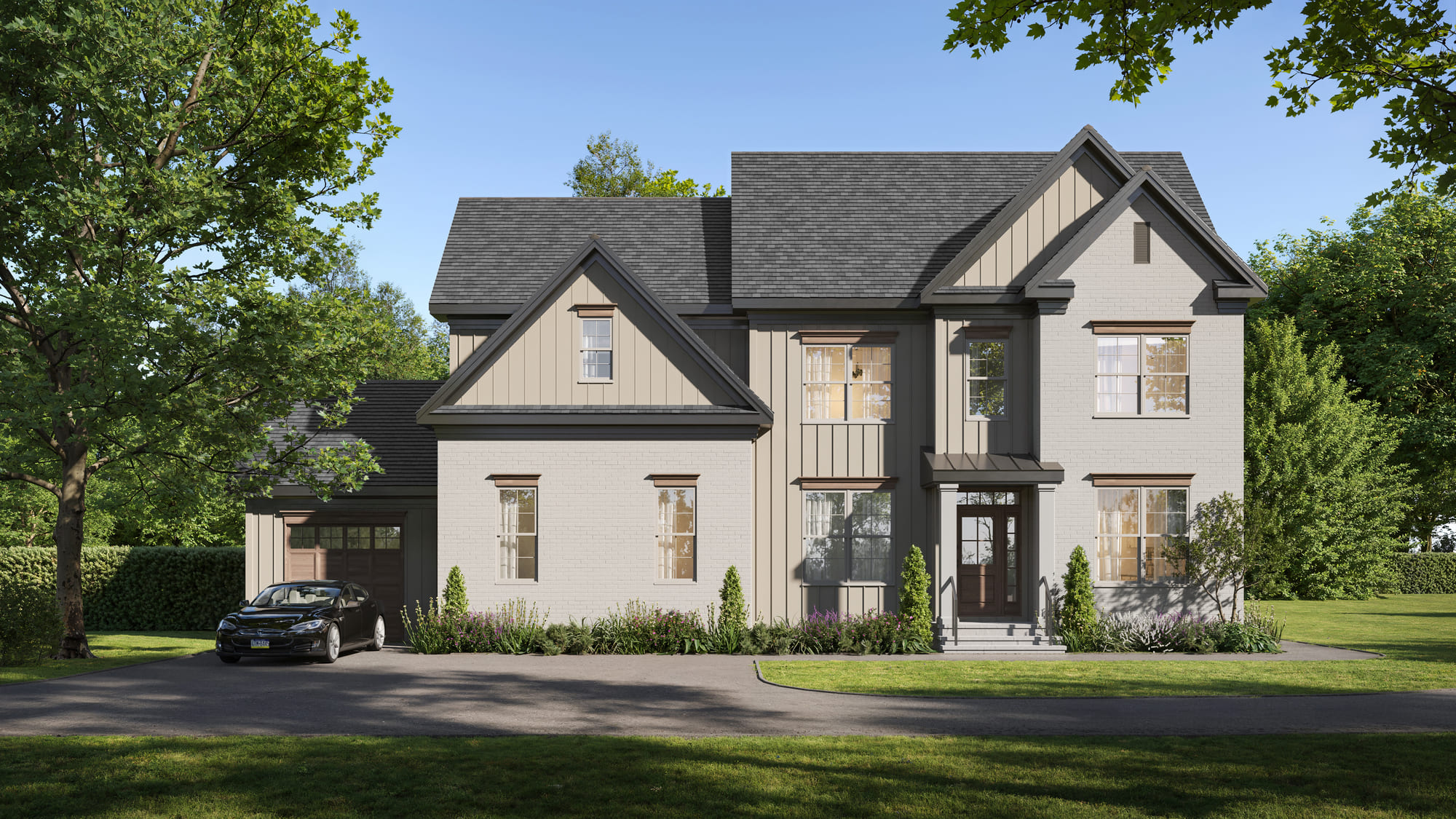
Paid versions often provide higher rendering quality, advanced plugins, and better customer support. However, for learning, exploring ideas, or working on small projects, 3D modeling software free for beginners is more than enough.
Here’s a quick comparison of popular 3D modeling and rendering tools.
| App | Price | Features of Work | Advantages | Disadvantages |
| Easy Render | Free / Paid options | Cloud-based rendering platform | Fast, no need for powerful PC, easy sharing | Requires internet, limited customization |
| SketchUp | Free (basic) / Paid (Pro) Starts from $17.99/month | Intuitive 3D modeling, architectural focus | Easy to learn, great for beginners, large library | Limited photorealistic rendering, less advanced for complex modeling |
| KeyShot Render | Paid $1,188/year (trial available) | High-quality rendering for products & design | Extremely realistic renders, fast workflow | Expensive, no advanced modeling tools |
| D5 Render | Free (basic) / Paid (Pro) | Real-time rendering, architectural visualization | Realistic lighting, easy to use, supports large scenes | Needs strong GPU, fewer modeling features |
| Blender | Completely Free | Full 3D suite: modeling, rendering, animation | Open-source, powerful, large community, constant updates | Steep learning curve, interface overwhelming for beginners |
| Vectary | Free (limited) / Paid (Pro) | Online 3D design, collaboration tool | Browser-based, easy sharing, good for teamwork | Limited offline use, fewer pro features |
| Womp 3D | Free (basic) / Paid (Pro) | Beginner-friendly, cloud 3D sculpting | Super simple UI, works on any device | Limited advanced tools, less suited for pro projects |
| Figuro | Free (basic) / Paid (Pro) | Web-based CAD modeling | Great for quick modeling, accessible online | Fewer rendering options, lacks realism tools |
| Spline | Free (basic) / Paid (Pro) | Interactive 3D web design tool | Ideal for web/UX projects, real-time edits | Not meant for heavy rendering, limited for architecture |
| TinkerCAD | Free | Simple CAD modeling, 3D printing focus | Beginner-friendly, perfect for kids/education | Too basic for advanced projects, lacks rendering power |
Recommendations for Beginners

If you’re a complete beginner, start with TinkerCAD or Figuro. Both offer an intuitive interface and are designed to make 3D modeling accessible without overwhelming features.
For those who want to dive deeper, Blender is hands-down the best free 3D modeling software available. It’s powerful, constantly updated, and supported by a huge community. In addition, this remodeling app is good entry point for anyone interested in sculpting.
If your focus is on home design, SketchUp Free will serve you well as a home remodeling software free alternative.
Each software has its own feature set, workflow, and learning curve. You can try them all for free until you find the right fit for your goals. But if you don’t want to waste time learning complex 3D programs, an exterior 3D render is the answer. At Freedes Studio, we handle the whole visualization process and bring your ideas to life.
Summarize this article with the help of:


